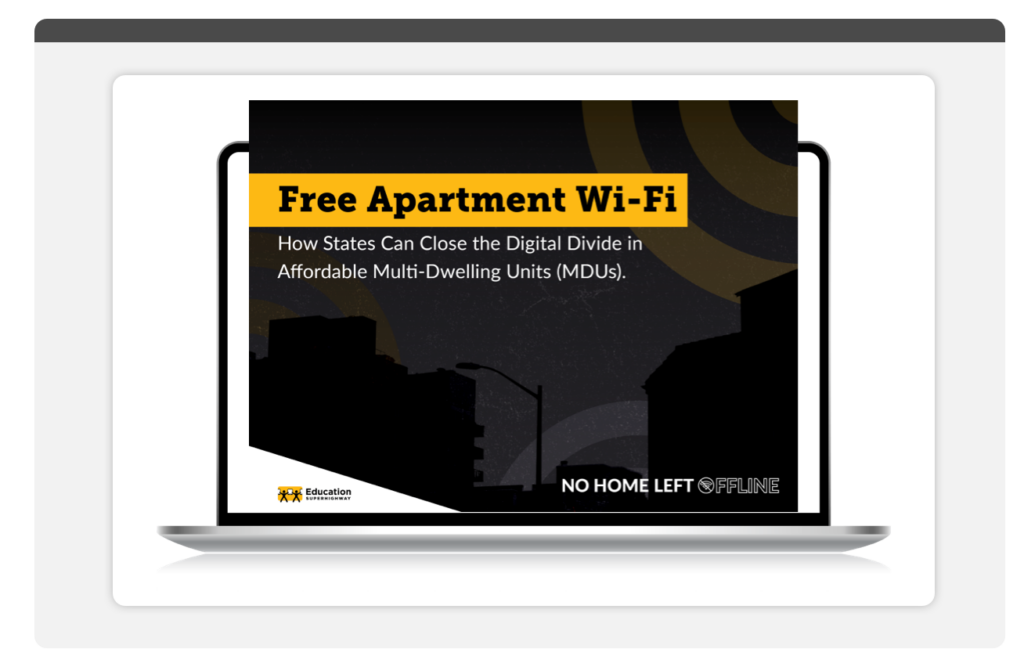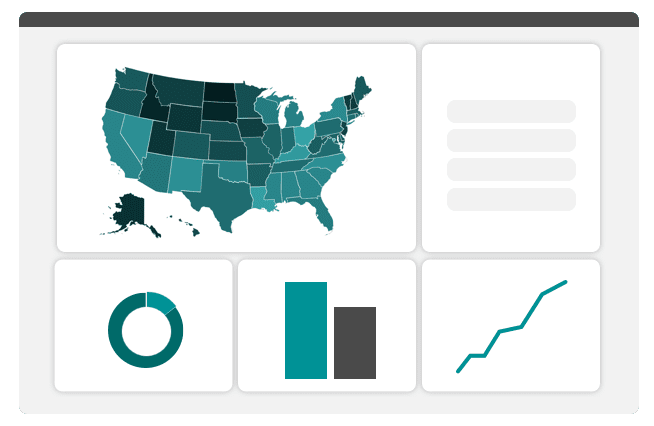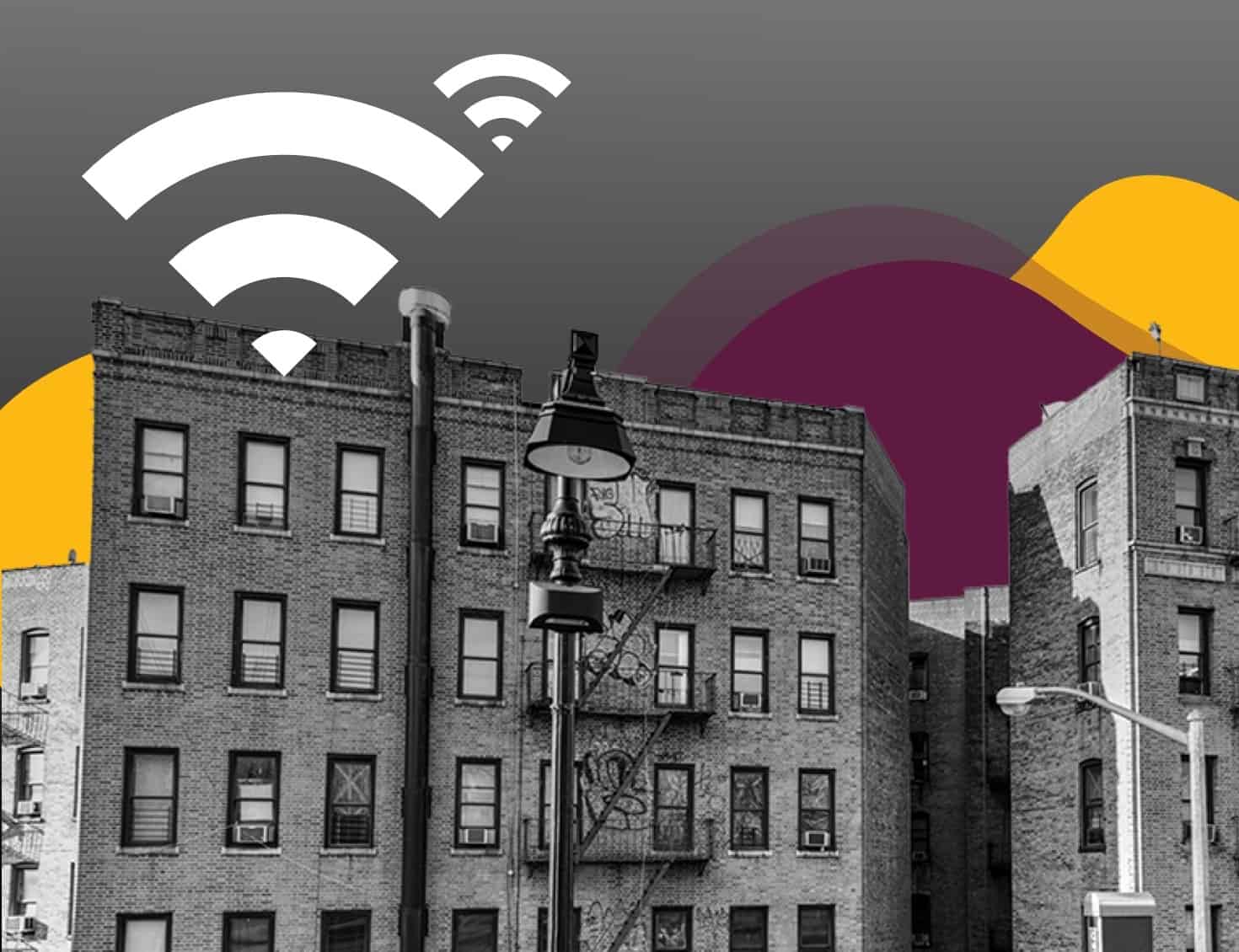As part of the launch, the U.S. Department of Commerce’s National Telecommunications and Information Administration (NTIA) released three Notice of Funding Opportunity (NOFO):
- Broadband Equity, Access, and Deployment (BEAD) Program ($42.5 billion);
- Enabling Middle Mile Broadband Infrastructure Program ($1 billion); and,
- State Digital Equity Act programs ($1.5 billion).
These NOFOs represent the starting point for deploying the historic $65 billion in broadband funding allocated by the Bipartisan Infrastructure Law (BIL) passed by Congress last year and the beginning of the Biden administration’s effort to fulfill their objective to connect all American households to reliable and affordable broadband.
What is clear from the outset is that the Biden administration is laser-focused on the equity component of BEAD, and ensuring historically underserved communities have access to affordable broadband is critical to achieving this goal.
NTIA has coined the phrase, “BEAD without equity is just BAD.” We now need the regulatory frameworks that support and reflect this policy objective.
The BEAD, DEA, and Middle Mile NOFOs demonstrate that the Biden Administration is serious about delivering on this promise. Their focus and recognition of the role affordability plays in sustaining our nation’s stubborn digital divide represent a sharp departure from the country’s historic singular focus on allocating federal dollars to build infrastructure in rural America.
The BEAD program will require eligible entities (states, District of Columbia, and territories, hereinafter states) to ensure that affordable broadband is accessible at every location within their jurisdiction. States will be required to include strategies to address affordability issues in their plans for spending their allocated BEAD dollars, including but not limited to a requirement that every broadband project funded by BEAD offer a low-cost broadband plan. States will also be required to identify strategies to increase enrollment in the Affordable Connectivity Program (ACP) by eligible households, ensuring states include a “middle class” affordability option in their plans, and authorizing states to prioritize the installation of free or low-cost Wi-Fi networks in multi-family residential buildings.
The rules provide that states can use BEAD funds to extend broadband service to multi-family housing that lacks high-speed broadband in some units, and states should prioritize residential buildings that:
- have a substantial share of unserved households; OR
- are in locations where the percentage of individuals with a household income at or below 150%of the Federal Poverty Level applicable to a family of the size involved is higher than the national percentage of such individuals.
In March, EducationSuperHighway and a coalition of 28 national non-profit organizations across local government, housing, education, and broadband policy, advocated for the inclusion and prioritization of multi-dwelling units (MDUs) in BEAD’s $42.45 billion funding. We pointed out that 20-25% of the digital divide in this country resides in multi-family housing and that states must be able to spend BEAD dollars on installing free managed Wi-Fi networks or wired connections with an ACP option as soon as the bell rings on the distribution of BEAD funding to states.
We want to acknowledge and thank our coalition partners for this work. Because of you, states can prioritize connecting millions of unconnected households living in multi-family housing and spend BEAD dollars on getting these households online as quickly as possible.
Since the earliest days of the pandemic, EducationSuperHighway has advocated on the issue of broadband affordability. Approximately 28 million of the 123 million households in the United States do not have high-speed broadband. 18 million of these households, home to 47 million people, are offline because they cannot afford an available Internet connection. Our No Home Left Offline (Nov 2021) report provided insights into this broadband affordability gap (two-thirds of America’s digital divide) and the opportunities that exist to close it.
We are currently working with community partners and leaders across the country on pilot programs that help households sign-up for the Affordable Connectivity Program (ACP) and home broadband service and deploy free managed Wi-Fi networks to low-income apartment buildings. The learnings from this work form the basis of our State Broadband Affordability Playbook.
We look forward to sharing this work with states and local communities to ensure they have the necessary data, tools, and support to fulfill the promise of universal access made possible by this historic investment in broadband deployment and digital equity.






